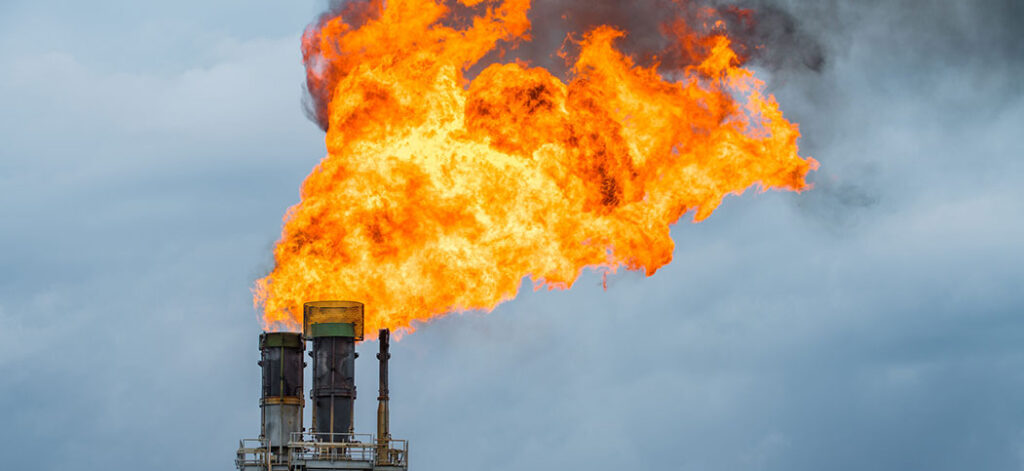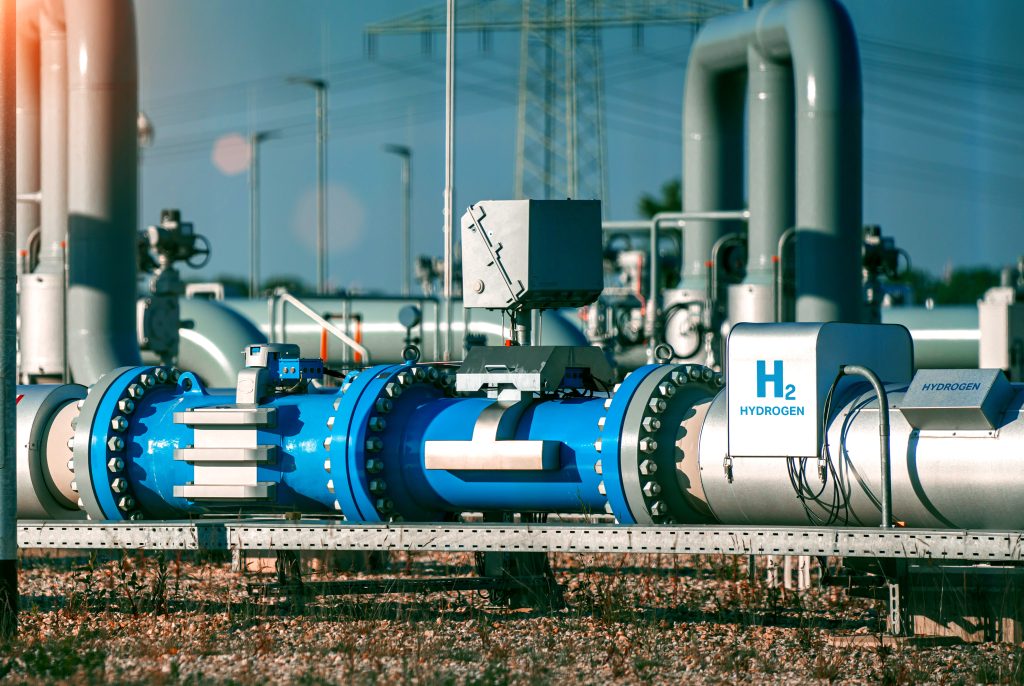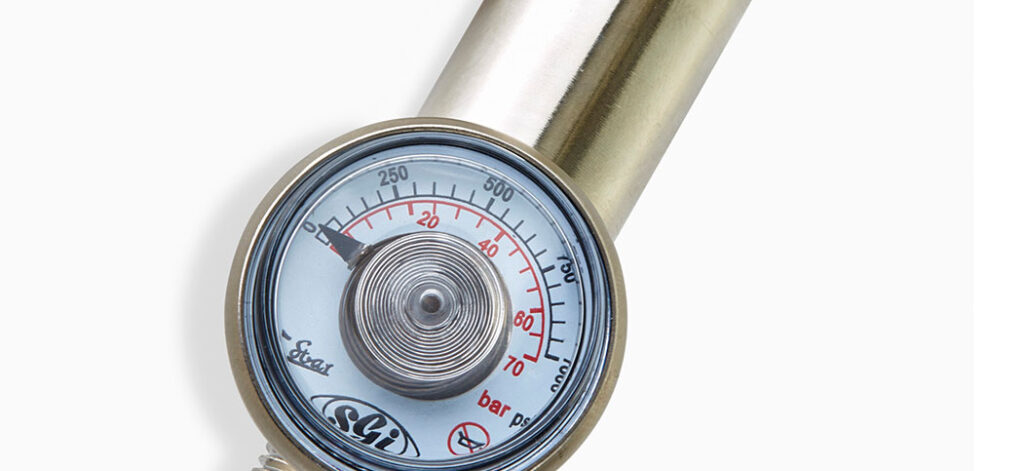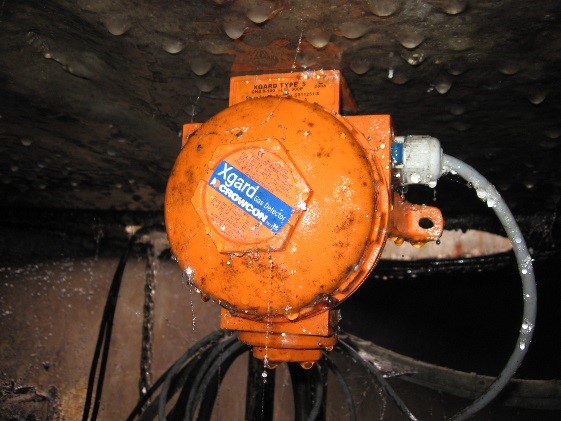Os incêndios de hidrocarbonetos são causados pela queima de combustíveis que contêm carbono em oxigénio ou ar. A maioria dos combustíveis contém níveis significativos de carbono, incluindo o papel, a gasolina e o metano - como exemplos de combustíveis sólidos, líquidos ou gasosos - daí os incêndios de hidrocarbonetos.
Para que haja um risco de explosão, é necessário que haja pelo menos 4,4% de metano no ar ou 1,7% de propano, mas para os solventes, apenas 0,8 a 1,0% do ar deslocado pode ser suficiente para criar uma mistura combustível-ar que explodirá violentamente em contacto com qualquer faísca.
Perigos associados aos incêndios de hidrocarbonetos
Os incêndios com hidrocarbonetos são considerados altamente perigosos quando comparados com os incêndios provocados por combustíveis simples, uma vez que estes incêndios têm a capacidade de arder em maior escala e têm também o potencial de provocar uma explosão se os fluidos libertados não puderem ser controlados ou contidos. Por conseguinte, estes incêndios representam uma ameaça perigosa para qualquer pessoa que trabalhe numa área de alto risco. Os perigos incluem perigos relacionados com a energia, como a combustão e a incineração de objectos circundantes. Este perigo deve-se ao facto de os incêndios poderem crescer rapidamente e de o calor poder ser conduzido, convertido e irradiado para novas fontes de combustível, provocando incêndios secundários.
Os riscos tóxicos podem estar presentes nos produtos de combustão, por exemplo, o monóxido de carbono (CO), o cianeto de hidrogénio (HCN), o ácido clorídrico (HCL), o dióxido de azoto (NO2) e vários compostos de hidrocarbonetos aromáticos policíclicos (HAP) são perigosos para quem trabalha nestes ambientes. O CO utiliza o oxigénio que é usado para transportar os glóbulos vermelhos pelo corpo, pelo menos temporariamente, prejudicando a capacidade do corpo de transportar oxigénio dos pulmões para as células que dele necessitam. O HCN aumenta este problema ao inibir a enzima que diz aos glóbulos vermelhos para libertarem o oxigénio que têm onde ele é necessário - inibindo ainda mais a capacidade do corpo de levar o oxigénio às células que dele necessitam. O HCL é geralmente um composto ácido que é criado através de cabos sobreaquecidos. É prejudicial para o corpo se ingerido, uma vez que afecta o revestimento da boca, nariz, garganta, vias respiratórias, olhos e pulmões. O NO2 é criado na combustão a alta temperatura e pode causar danos ao trato respiratório humano e aumentar a vulnerabilidade de uma pessoa e, em alguns casos, levar a ataques de asma. Os HAPs afectam o corpo durante um período de tempo mais longo, sendo que, em alguns casos, provocam cancros e outras doenças.
Podemos consultar os níveis de saúde relevantes aceites como limites de segurança no local de trabalho para trabalhadores saudáveis na Europa e os limites de exposição permitidos para os Estados Unidos. Isto dá-nos uma concentração média ponderada no tempo de 15 minutos e uma concentração média ponderada no tempo de 8 horas.
Para os gases, são os seguintes:
| Gás | STEL (15 minutos TWA) | LTEL (8 horas TWA) | LTEL (8hr TWA) |
| CO | 100ppm | 20ppm | 50ppm |
| NO2 | 1ppm | 0,5ppm | 5 Limite de teto |
| HCL | 1ppm | 5ppm | 5 Limite de teto |
| HCN | 0,9ppm | 4,5ppm | 10ppm |
As diferentes concentrações representam os diferentes riscos de gás, sendo necessários números mais baixos para situações mais perigosas. Felizmente, a UE resolveu tudo isto por nós e transformou-o na sua norma EH40.
Formas de nos protegermos
Podemos tomar medidas para garantir que não sofremos de exposição a incêndios ou aos seus produtos de combustão indesejados. Em primeiro lugar, é claro, podemos aderir a todas as medidas de segurança contra incêndios, como é a lei. Em segundo lugar, podemos adotar uma abordagem pró-ativa e não deixar acumular potenciais fontes de combustível. Por último, podemos detetar e alertar para a presença de produtos de combustão utilizando equipamento de deteção de gases adequado.
Soluções de produtos Crowcon
A Crowcon fornece uma gama de equipamentos capazes de detetar combustíveis e os produtos de combustão descritos acima. Os nossos produtos PID detectam combustíveis sólidos e líquidos quando estão no ar, como hidrocarbonetos em partículas de pó ou vapores de solventes. Este equipamento inclui o nosso Gas-Pro portátil. Os gases podem ser detectados pelos nossos equipamentos Gasman gás único, T3 multigás e Gas-Pro produtos portáteis com bomba multigás, e os nossos produtos fixos Xgard, Xgard Bright e Xgard IQ fixos - cada um dos quais tem a capacidade de detetar todos os gases mencionados.
INFORMAÇÕES SOBRE O SECTOR
Subscreva para receber as últimas informações
NA SUA CAIXA DE ENTRADA
Ler sobre a Privacidade e Política de Cookies aqui. Se mudar de ideias, pode cancelar a subscrição em qualquer altura






